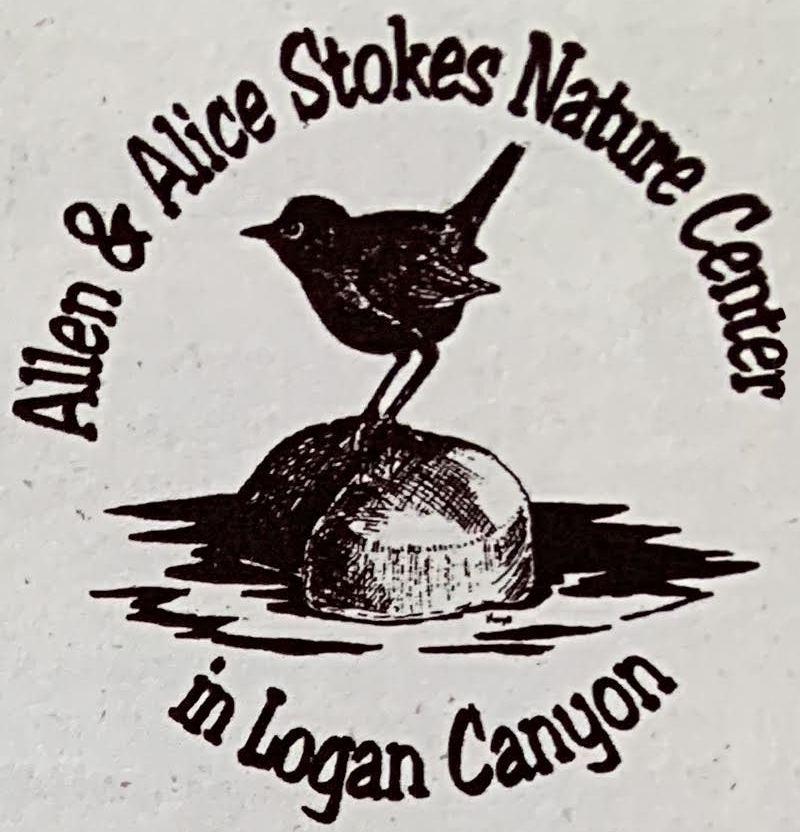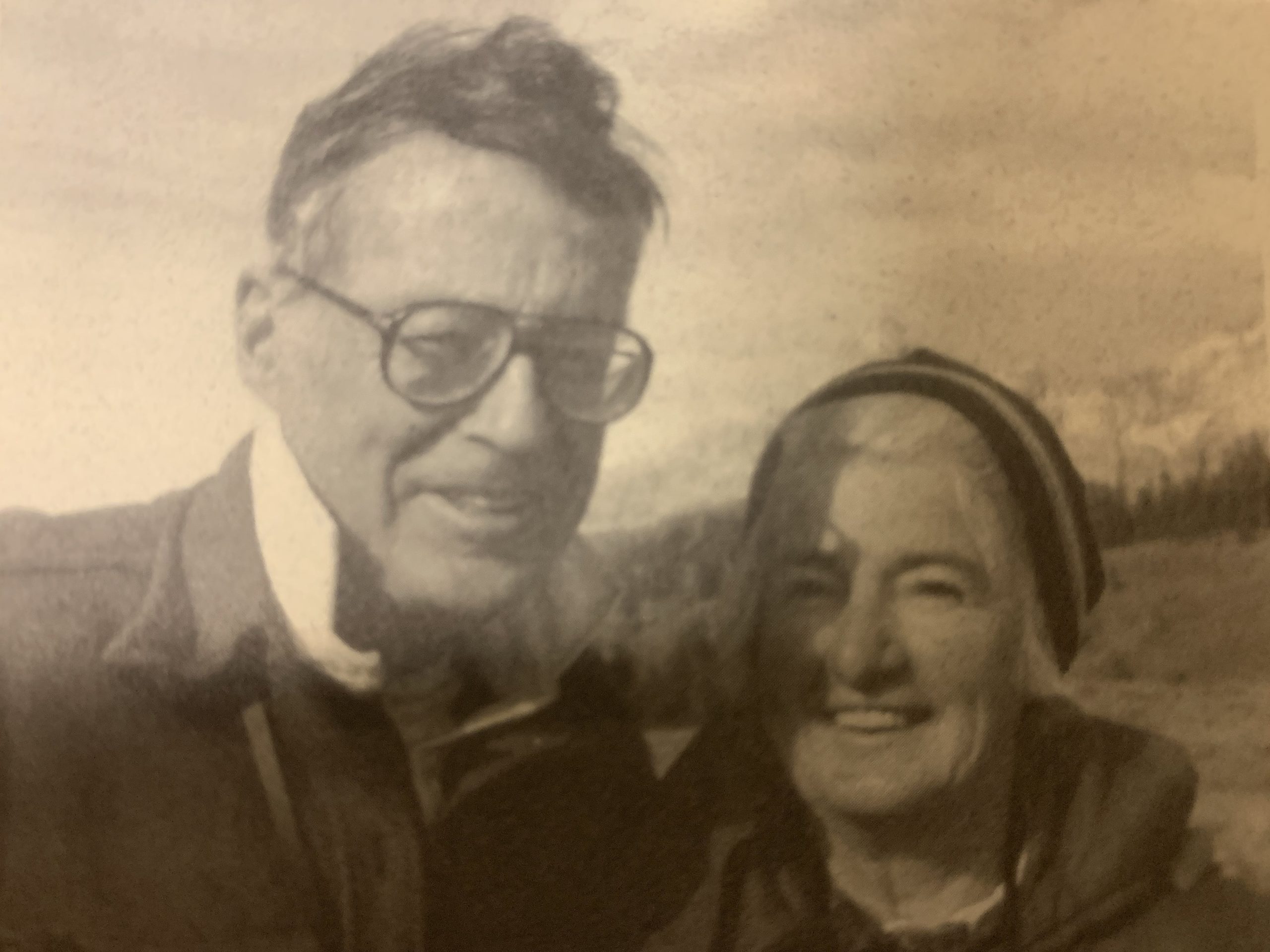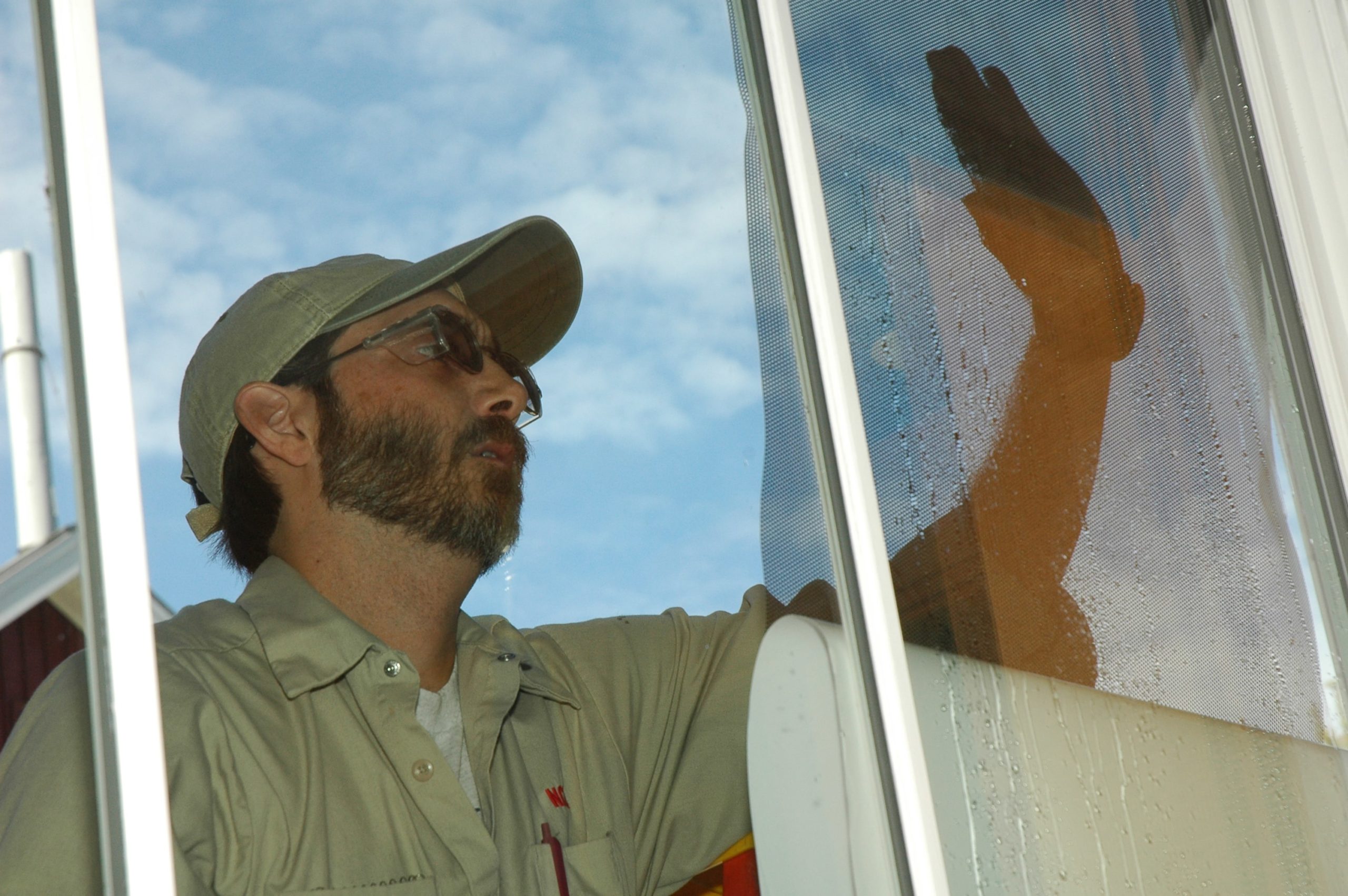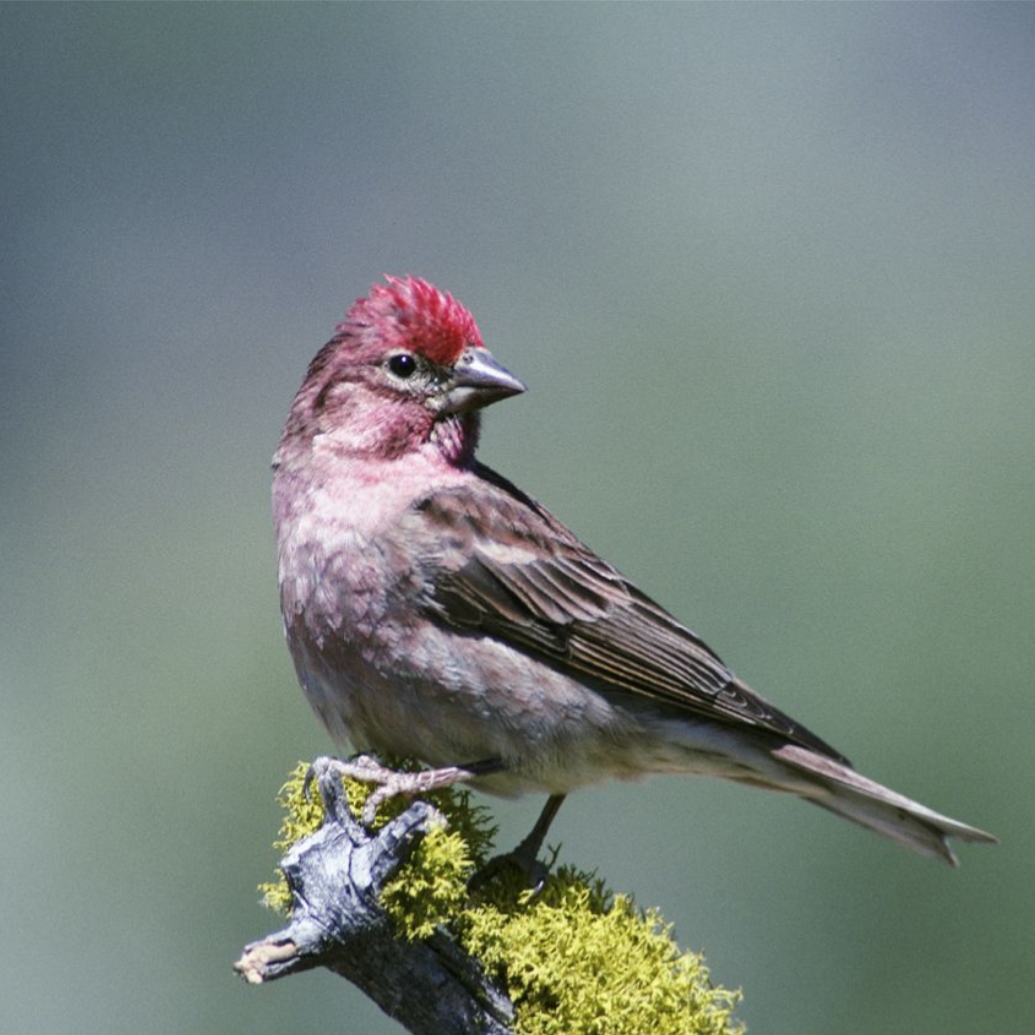
Courtesy US FWS, Dave Menke, Photographer
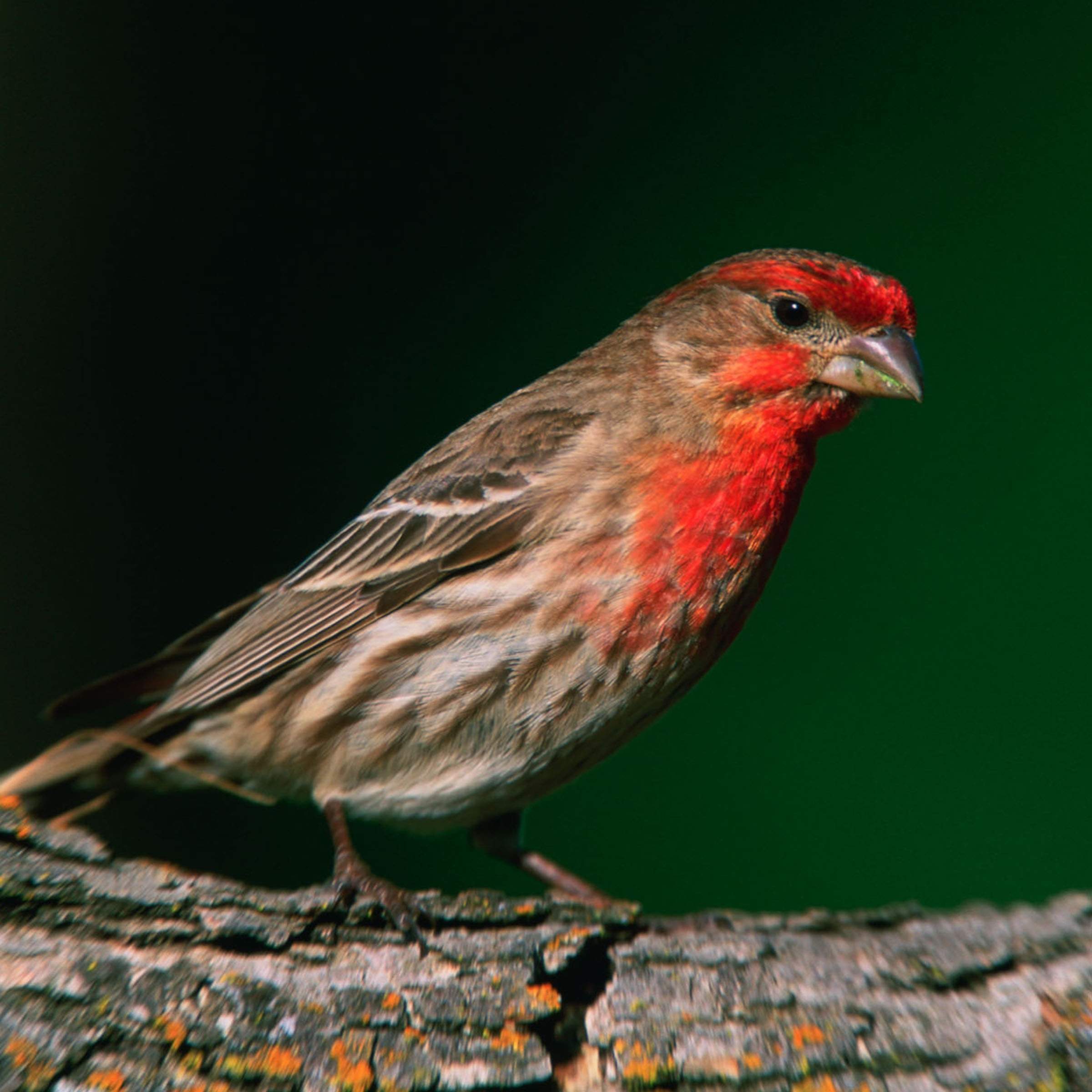 Male House Finch in Mating Plumage
Male House Finch in Mating Plumage
Haemorhous mexicanus
Courtesy US FWS, Gary Kramer, PhotographerAudubon chapters everywhere invite volunteers to join the 123rd Christmas Bird Count, and that means it’s time to hone our bird watching skills for the longest-running community science project. Seasoned birders and beginners alike spend a few minutes or a full day on this annual census of birds. Those just starting to notice birds can be valuable spotters in the mobile sectors, and can quickly learn to observe the subtle differences between similar species seen from the comfort of home, where no bird feeder is required, and valuable contributions can be made with just a few minutes of counting birds.
The Bridgerland Audubon Society launched the Cache Christmas Bird Count watch circle in 1955, contributing to a tradition launched in1900 by ornithologist Frank M. Chapman who out of concern for dwindling bird populations managed to change the culture from annual Christmas bird shooting contests into bird counting contests. Bridgerland Audubon always schedules on the first Saturday on or following December 14th, and typically documents about 100 species of birds.
The Cache Valley watch circle is divided into eleven sectors, including a 4 a.m. owling sector, and includes all homes within a 7.5 mile radius from the center of the circle which is located at Main Street & Hyde Park Lane (Hwy 91 & 3600 N). The same 15-mile diameter watch circle is surveyed each December – that’s about 177 square miles, and we can use all the help we can get, especially from folks watching from home. Don’t worry if you can’t identify all of the birds you see – you will just report the ones you do recognize. You can also get help by posting photos to the Bridgerland Audubon Facebook group, where you’ll also see posts about the Dark-eyed Junco, a small dark bird with a white belly, and subspecies which include the Oregon Junco with a black hood and neck, the Pink-Sided, the Gray-headed, and the Slate Junco.
The Home Sector provides a lot of extra data on about 32 species, the most common of which are available on a one page photo-illustrated checklist on the Bridgerland Audubon website where you will also find links to the free Merlin App which identifies birds by their songs. The Visitors Bureau has a nice selection of Utah Bird field guides which are great for beginners.
Bird identification is all about learning to notice the little differences in size, coloration patterns, shape of the beak, the crown of the head, and the tip of the tail. For example a House Finch and a Cassin’s Finch may look the same at first glance, but the House Finch has streaks on the side of the body, a rounded tail tip, and the red over the eyes is more like a headband than a top hat. The Cassin’s Finch has a notched tail, red cap, and lacks those streaks on the breast and and sides. The Pine Siskin looks like a tiny House Finch but it has a hint of yellow on its wings and the beak is more delicate and pointed. Large flocks of birds can be counted by blocking off a group of individuals, counting them, and then extrapolating to the whole of the flock. Don’t forget that zero is a number to report!
Visit Audubon.org to find a Christmas Bird Count near you, and visit bridgerlandaudubon.org to join the local count sector leaders on Saturday, December 17th, 2022. Pre- registration is free but required.
I’m Hilary Shughart with Bridgerland Audubon and I am Wild About Utah!
Credits:
Images: Courtesy US FWS, Dave Menke and Gary Kramer, Photographers
Featured Audio: Courtesy & Copyright © Kevin Colver, https://wildstore.wildsanctuary.com/collections/special-collections/kevin-colver
Text: Hilary Shughart, President, Bridgerland Audubon Society
Additional Reading: Hilary Shughart and Lyle Bingham, https://bridgerlandaudubon.org/
Additional Reading
WildAboutUtah pieces by Hilary Shughart, https://wildaboututah.org/author/hilary-shughart/
Liberatore, Andrea, Dark-eyed Juncos, Wild About Utah, January 12, 2012, https://wildaboututah.org/dark-eyed-juncos/
Greene, Jack, Juncos, Wild About Utah, December 21, 2020, https://wildaboututah.org/juncos/
Bridgerland Audubon CBC Toolkit https://bridgerlandaudubon.org/our-projects/cache-valley-christmas-bird-count/
National Audubon Data: Annual Summaries of the Christmas Bird Count, 1901-Present https://www.audubon.org/content/american-birds-annual-summary-christmas-bird-count
Tips from eBird on How to count large flocks of birds:
“Big numbers of Moving Birds. Their are two ways to count large flocks of moving birds: either by blocking off a group of individuals, counting them, and then extrapolating to the whole of the flock; or by counting birds per unit of time.”
Team eBird, Bird Counting 101, eBird is a project of the Cornell Lab of Ornithology, https://ebird.org/news/counting-101/
General Tips for Bird Identification:
Mayntz, Melissa, Bird Bill Parts, The Spruce, Updated on 08/01/22, https://www.thespruce.com/bird-bill-parts-387362
Sibley Guides, The annual plumage cycle of a male American Goldfinch, https://www.sibleyguides.com/2012/05/the-annual-plumage-cycle-of-a-male-american-goldfinch/
Lesser Goldfinch-Similar Species Comparison, All About Birds, The Cornell Lab of Ornithology, https://www.allaboutbirds.org/guide/Lesser_Goldfinch/species-compare/
House Finches, Purple Finches, and Cassin’s Finches, All About Birds, Cornell Lab of Ornithology, Cornell University, https://academy.allaboutbirds.org/finches-with-red-id-quiz/
Junco Coloring Page:
https://www.supercoloring.com/coloring-pages/dark-eyed-junco?version=print
Utah-Centric Books & Field Guides:
Tekiela, Stan, Birds of Utah Field Guide, Adventure Publications, Apr 21, 2003, https:// www.amazon.com/Birds-Utah-Field-Guide-Tekiela/dp/1591930197/
Fenimore, Bill, Backyard Birds of Utah: How to Identify and Attract the Top 25 Birds, Gibbs Smith, March 27, 2008, https://www.amazon.com/Backyard-Birds-Utah-Identify- Attract/dp/1423603532/
Kavanagh, James, Utah Birds: A Folding Pocket Guide to Familiar Species (Wildlife and Nature Identification) Pamphlet, Waterford Press, September 1, 2017, https:// www.amazon.com/Utah-Birds-Folding-Familiar-Naturalist/dp/1583551328/

